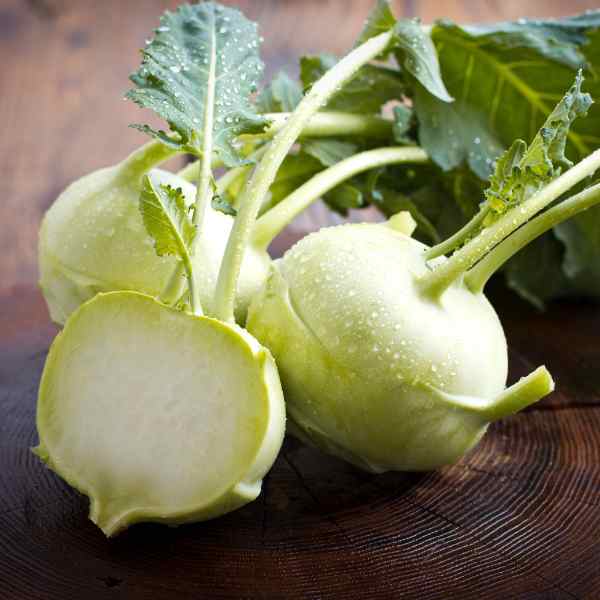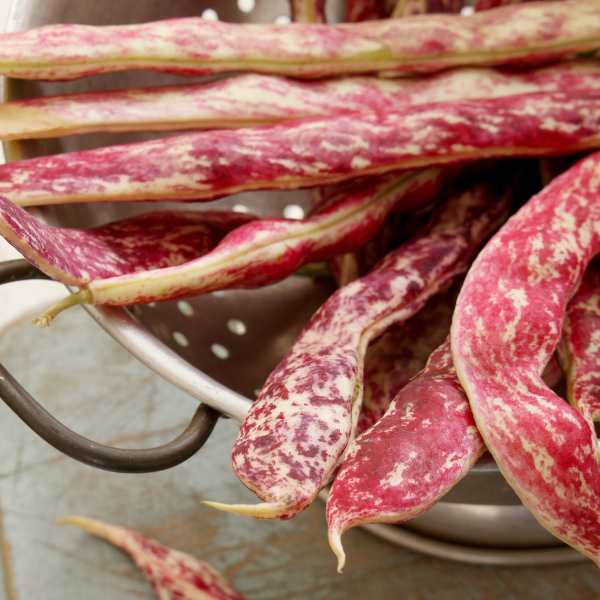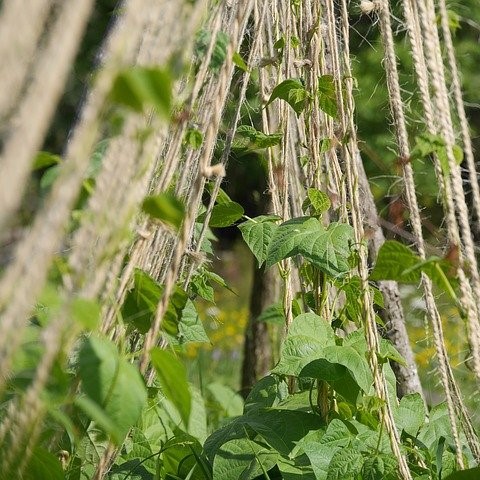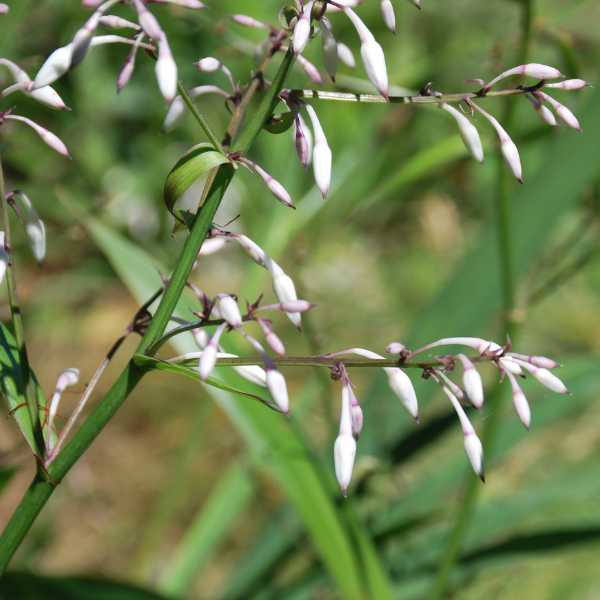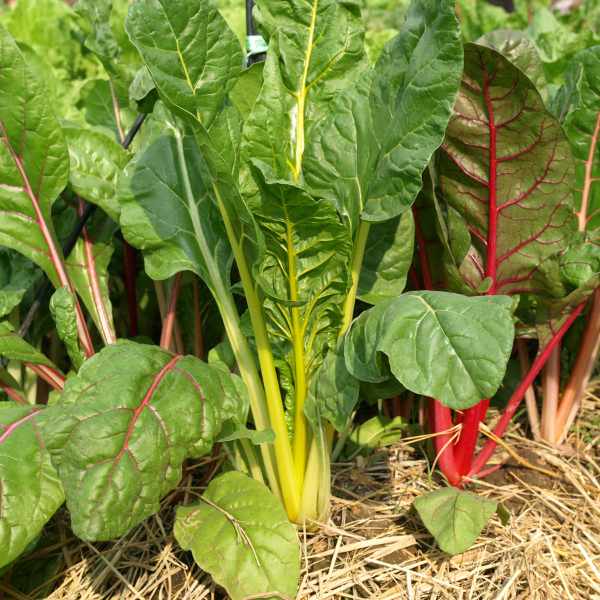Lettuce: A Backyard Superpower for Sustainable Living
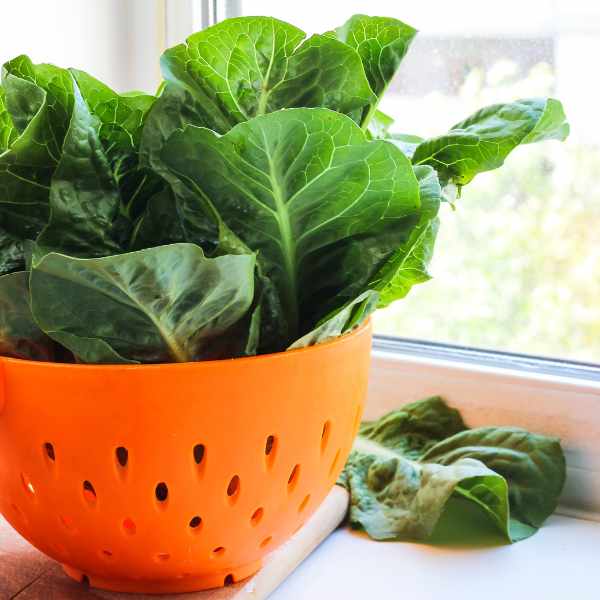
These days, with grocery bills climbing and folks craving greener ways to live, lettuce is having a moment. Yep, that basic salad starter is now a backyard rockstar—symbolizing grit, independence, and the pure joy of growing something you can actually eat. When a store-bought head of lettuce costs as much as a fancy coffee, tossing a packet of seeds in some dirt starts to feel less like gardening and more like a quiet rebellion. It’s about taking charge of what’s on your plate, saving cash, and savoring flavors that didn’t come wrapped in plastic. Let’s dig into why lettuce is the ultimate gateway plant—and how to grow it like a pro, no fancy gear required.
Why Bother? (Spoiler: It’s Cheaper and Tastier)
Blame shipping issues, crazy weather, or whatever—lettuce prices are wild right now. But here’s the kicker: a $4.50 seed packet can grow enough greens to keep you in salads for months. And homegrown isn’t just cheaper—it’s better for you. Store-bought lettuce starts losing vitamins fast after picking, but snipping leaves straight from your garden means you get all the good stuff (looking at you, vitamin C and folate) at their peak. Plus, you can grow funky, old-timey types you won’t find at the store, like rusty-red ‘Rouge d’Hiver’ or buttery ‘Buttercrunch,’ each with their own flavor quirks and health perks.
Dirt vs. Water: The Great Lettuce Debate
Hydroponics—aka growing plants in water with nutrients—is having a hype moment. Sure, it’s speedy and space-efficient, but here’s the tea: lettuce grown in good ol’ dirt often tastes richer and packs more nutrients. Soil’s got this whole underground ecosystem that helps plants soak up minerals like iron and magnesium, giving leaves a deeper color and better flavor. Dirt’s also more forgiving for newbies. Overwater your hydroponic setup? Cue root rot. Overwater soil? It’ll probably shrug it off. Plus, let’s be real—there’s something magic about getting your hands in actual earth.
Lettuce 101: Pick Your Type
Not all lettuces are created equal. Here’s the lowdown:
- Head Lettuce (Iceberg, Butterhead): The crunch king. Iceberg’s all about texture (think burger toppings), while butterhead’s soft, sweet leaves are salad royalty. Just don’t expect a vitamin boost—these are the lightweights of the nutrient world.
- Romaine: The overachiever. Ten times more vitamin A than iceberg, loves the heat, and has been a gut-health hero since ancient Rome. Those sturdy ribs are perfect for grilling, too.
- Loose-Leaf (Oakleaf, Salad Bowl): The lazy gardener’s dream. Snip leaves as you need ’em, and they’ll keep growing back. Bonus: their frilly, colorful leaves make even a sad desk lunch look Insta-worthy.
How to Grow It (Without Overthinking)
- Sunlight Smarts: Lettuce likes Goldilocks conditions—cool weather with sun, but shade when it’s blazing hot. No yard? A pot on a windowsill works.
- Dirt Prep: Mix in compost or aged manure (or grab a bag of potting soil). Fancy? No. Effective? Yes.
- Planting: Scatter seeds on top of soil—no burying! They need light to sprout. Keep the soil damp, not soggy.
- Baby Them: Once they’re up, mulch with straw or leaves to keep roots cozy. Water in the morning so leaves dry by night—no one likes mold.
- Harvest Hacks: For loose-leaf types, graze like a deer—take a few outer leaves at a time. For heads, wait till they’re firm, then chop at the base.
Pests? No Panic.
Aphids or slugs crashing the party? Try planting marigolds nearby (they’re like bug repellent) or sprinkle food-grade diatomaceous earth around your plants. No chemicals needed.
Why This All Matters
Growing lettuce isn’t just about salads—it’s a tiny act of defiance. It’s sticking it to bland, overpriced greens and reconnecting with where food actually comes from. There’s something special about crunching a leaf you grew yourself, knowing exactly what went into it (spoiler: not pesticides). Plus, it’s a reminder that good things take time—and care.
So, whether you’ve got a backyard, a balcony, or just a sunny windowsill, give it a shot. Start with a seed, keep it simple, and let nature do the rest. Who knows? You might just find yourself a little more grounded, a little more nourished, and a whole lot prouder of that bowl of greens. 🌱✨


